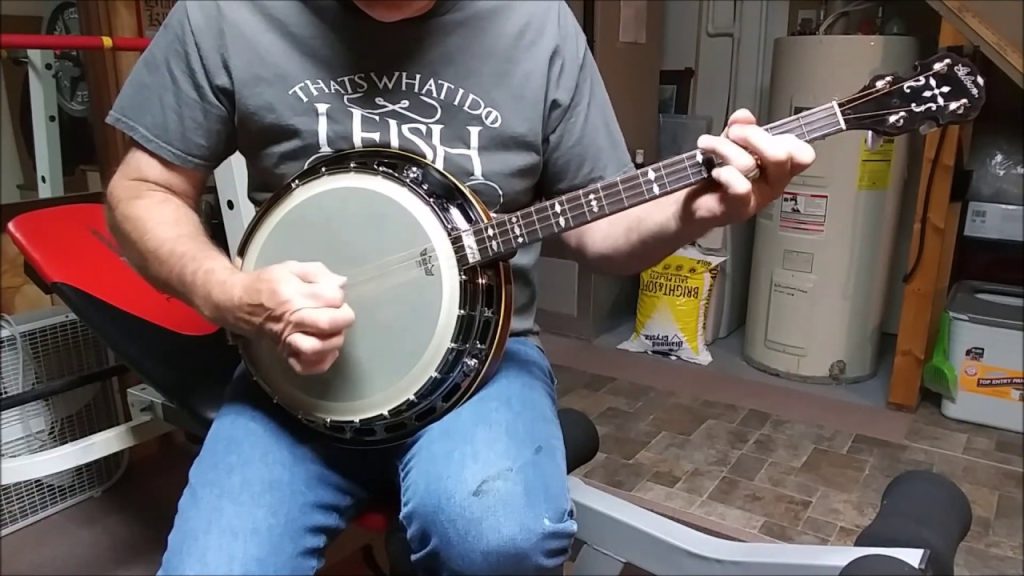The banjo features a tambourine-style body with a ring and a nail that hold the vellum stomach to the frame. The banjo’s bright and expressive tone is very straightforward to create, and its percussive rhythms provide bounce and thrust to various musical forms. The banjo is a one-of-a-kind instrument with characteristics tailored to certain playing styles. The banjo, often regarded to be a primary hillbilly instrument, is now enjoying a resurgence in popularity. Even a cheap banjo is typically highly playable and provides a worthwhile start to the banjo for the learner with little money. As a general guideline, get the greatest banjo you can afford to achieve the best playability, aesthetics, and sound mix.

Playing Techniques
The fingerstyle method is the oldest and most essential type of banjo playing. The term derives from the claw-like placement of the palm, and most current playing techniques evolved from it. Clawhammer includes hitting the four primary strings with the pointer or middle fingernail in a downward position. Although the clawhammer is mainly to create powerful rhythms, variants allow the player to generate single-string melodic sounds. There are additional bluegrass performing styles titled after the banjo musicians that popularised them. The banjo aims to develop beats that work inside the overarching moment by altering the rolls through a tune, preventing bluegrass from appearing mechanical.
Resonator
The resonator is a hollow wooden component that wraps around the rear of the banjo barrel. A resonator is necessary if you want to figure out how to play the bluegrass banjo. The resonator’s function is to bounce sound off its internal surface and reflect it outside the device, increasing loudness and brightness. If a musician’s way of playing includes plucking single strings one at a time, a resonator is always preferred since the extra loudness helps break through the group’s music during breaks. Clawhammer performers and several vocalists favor open-back banjo music.
Strings
A classic banjo has up to five strings. The most popular banjos have five strings and are ideally suited for performing Bluegrass and Country music. A drone note on the 5-string banjo begins in the center of the body and is set louder than other strings. The four-string banjo is warbled with a guitar pick, producing a bright note that breaks through the ensemble’s tone. Most string instruments adjust from low to high level as you run your finger around the spine. The six-stringed banjo is set and played similarly to the guitar, but it produces a banjo-like noise owing to its membranous drumhead that serves as the resonator. The five-string device is in most techniques used to generate the distinctive folk sound.
Other parts
The hoop-shaped base of the device is known as the pot. So when strings tug, they bounce the bridge, which shakes the banjo’s neck and finally the body, producing the audio input we perceive. The Rim is by far the most resonating component of the body and is the hardwood rim to which all the plot pieces come together. The greatest banjos feature edges comprised of numerous layers of plied wood. Banjo heads were initially of animal hide. Today, these parts are of mylar, which has a richer tone and does not change with dampness. Banjos feature a floating bridge, which is not to the head.

Banjos are pretty simple to change after purchasing. Press down on each thread running the fretboard length to test the motion. The string should effortlessly initiate contact with the fingerboard without injuring your fingers. You will then understand the many types of banjos available and what to look for while searching for a banjo.
